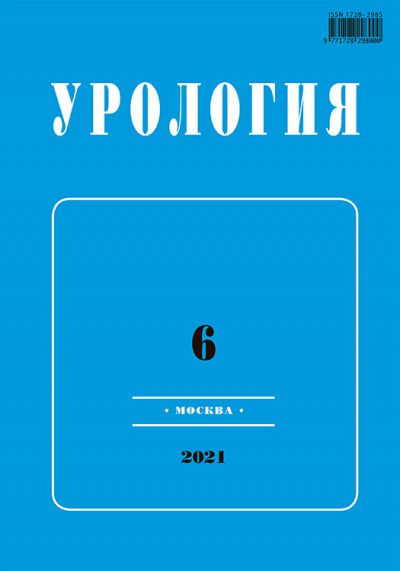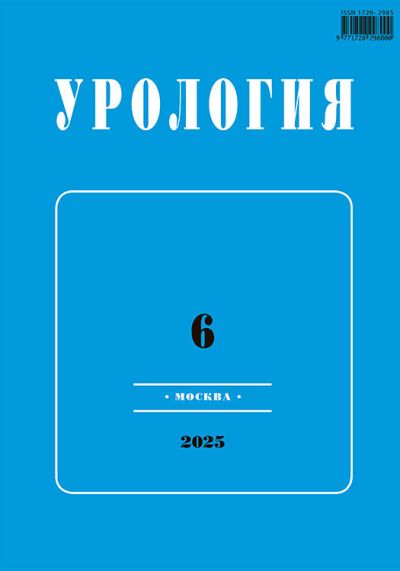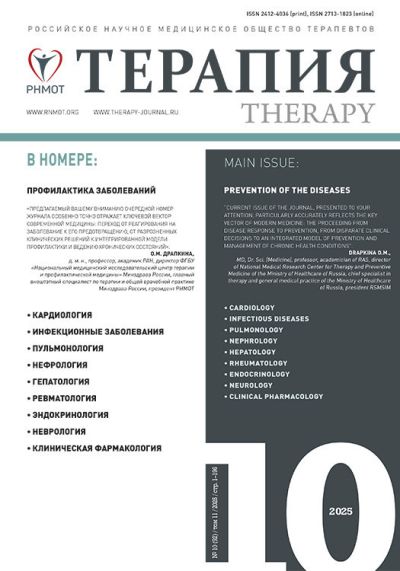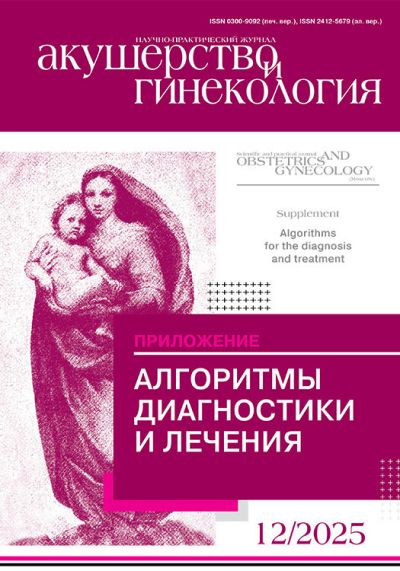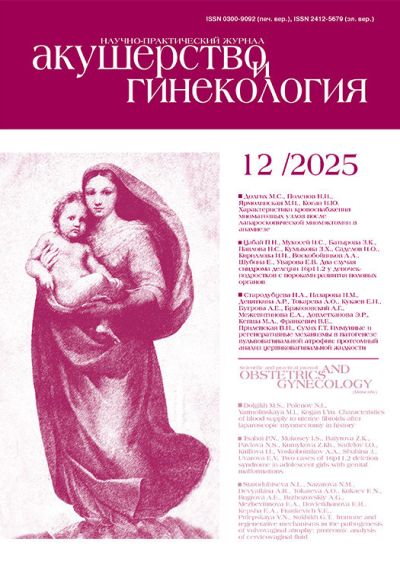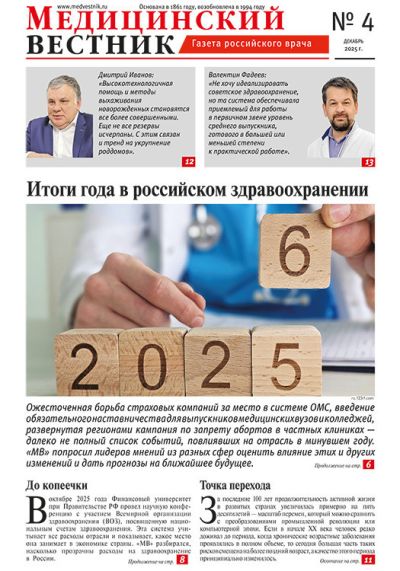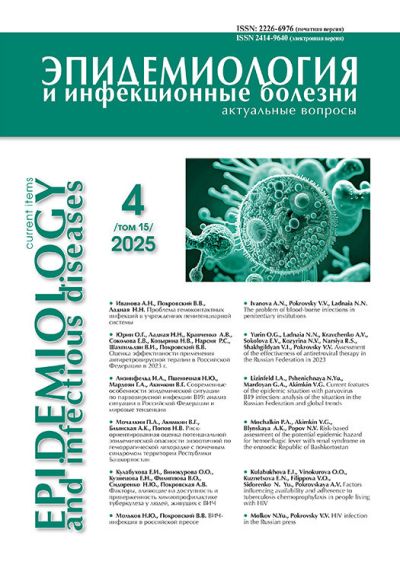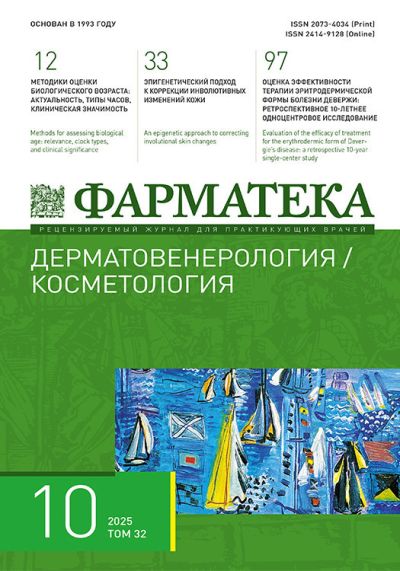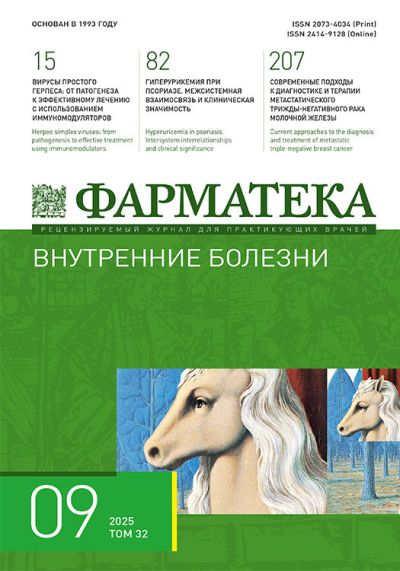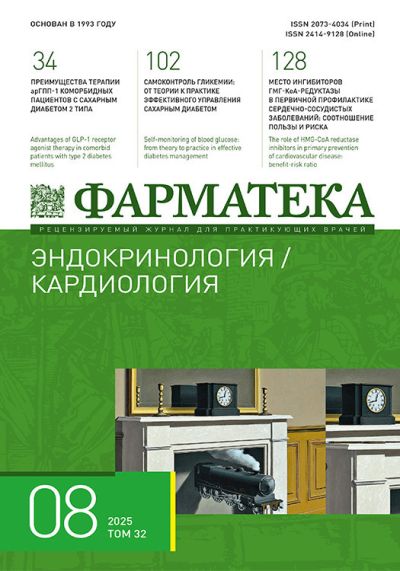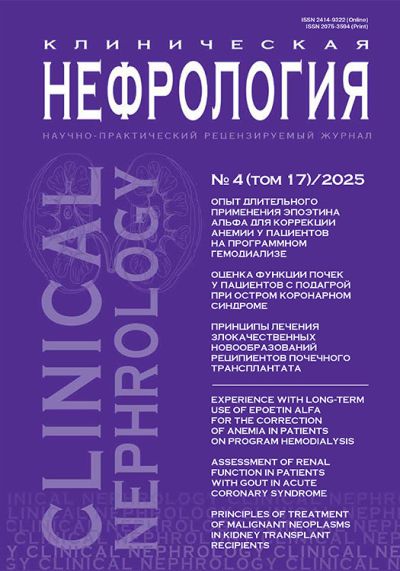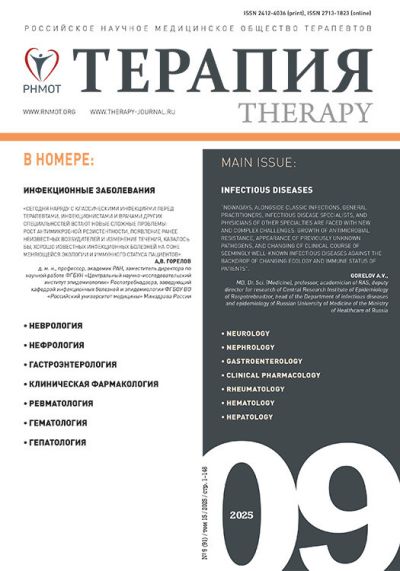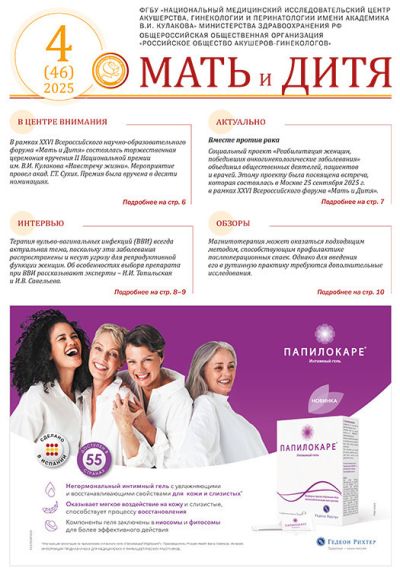Урология №6 / 2021
Патоморфология мочекаменной болезни и анализ камней методом рентгеноструктурного анализа и инфракрасной спектроскопии
Отделение урологии, Университетский клинический центр Косово, Медицинский факультет, Приштинский университет, Косово
Introduction. The morphology of stones has special importance. Stones consist of organic, inorganic and amorphous part. Many stones contain the amorphous organic substance, which makes up 2–3% of the weight of the matrix [1].
The factors that affect the formation of stones can be divided into two categories:
1. Those that are in the urine and form the crystalline nucleus, agglomeration, which includes proteins, salts, glycoprotein’s, phospholipids.
2. Changes in cell surface leading to crystal adhesion to epithelial cells [1, 3].
Proteins are believed to play a major role in stone formation because they have the potential to cause crystal-membrane interaction. Anti-inflammatory proteins such as myeloperoxidase and interleukin-6 initiate urolithiasis. Also, metabolic disorders hyperparathyroidism, hyperthyroidism, obesity, sarcoidosis, hypercalcemia; hyperuricosuria affects the occurrence of urolithiasis [8, 11]. Infections also affect the appearance of stones, especially infectious stones (urease-producing bacteria; Proteus, E.coli, Klebsiela [24, 26]. Renal stone formation is attributed to risk factors entering urolithiasis; crystal supersaturation, small citrate excretion, metabolic disorders, genetic predisposition [1, 2]. Urolithiasis is a disease of multifactorial etiology. The prevalence of urolithiasis in the urinary tract ranges from 1% to 20% [8]. In countries with high standards such as Sweden, Canada, USA, the prevalence of urinary tract stones is not high (> 10%). For some countries it ranges up to 37% [1]. Lithogenesis is a multifactorial disorder. In most European countries and the USA, upper urinary tract stones are found in 2–3% of the population. About 90% of stones are found in the upper parts of the urinary tract (calyx, pyelonephritis, and ureter) and only 10% are found in the urinary bladder [1, 9].
The chemical analysis of the morphopathology of urolithiasis will be done with the method of X-ray diffraction and infrared spectroscopy, where with these methods will be determined: the composition of uroliths (stones), nucleus, envelope, nucleus component and stone layer component, the prevalence of the nuclear component and the prevalence of the urolithic layer component. At the end of the research we will conclude about the morphopathology of urolithiasis and will propose preventive measures for the occurrence of urolithiasis in patients of the Republic of Kosovo.
Materials and methods. The research was conducted on our patients at the Urology Clinic, University Clinical Centre of Kosovo, in Pristine. The paper was prospective patients are of both genders and of all ages. The study protocol was approved by the Ethics Committee of the Faculty of Medicine in Pristine. All patients before participating in the study were informed about our research, and after receiving their consent we started the research. In this research we have included 102 patients. The most attacked age group, gender, will be determined. Patients who have been operated -102 patients, where the stones were extracted through methods: endoscopic surgery; URS (Ureterorenoscopy) with lithotripsy, and open surgery; pyeloliotomy, nephrolithotomy. After the intervention we took the stone and did the chemical analysis of the stones with the method: X-ray diffraction and infrared spectroscopy. This will determine the components of the stones and their types.
Statistical analysis
Data processing was done with the statistical package InStat 3. The obtained data were presented through tables and graphs. From the statistical parameters the structure index, arithmetic mean, and standard deviation were calcula...
